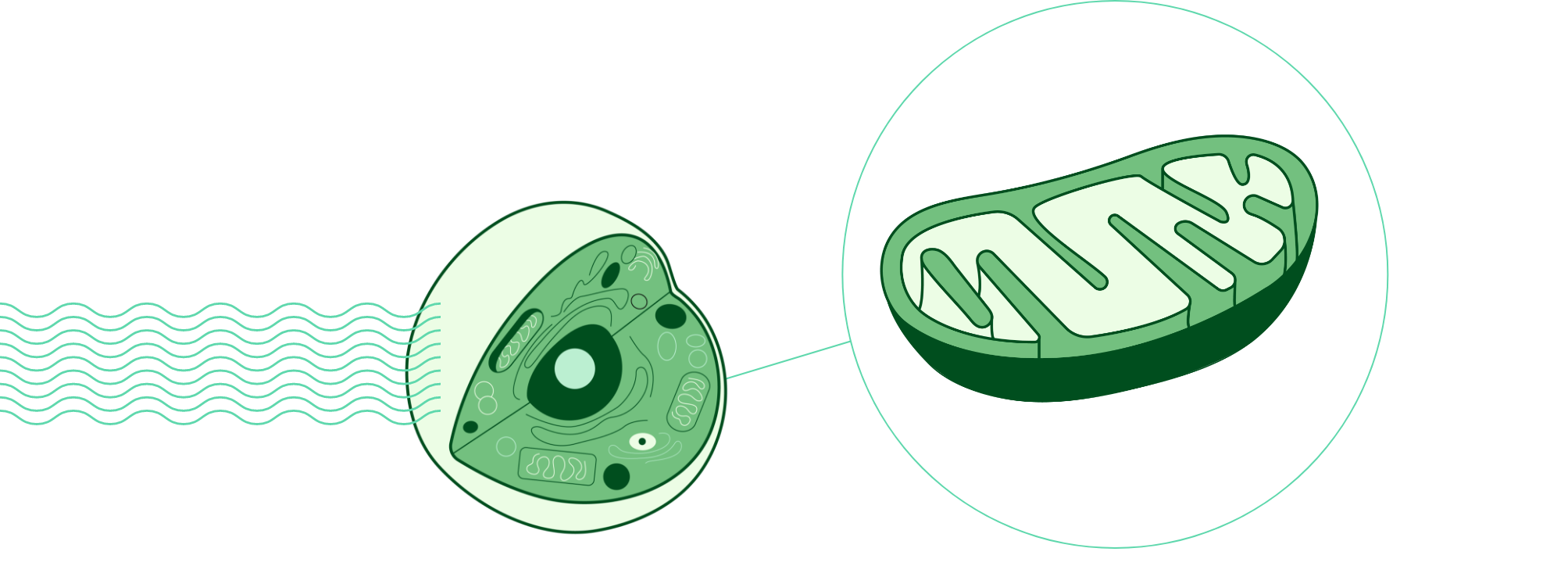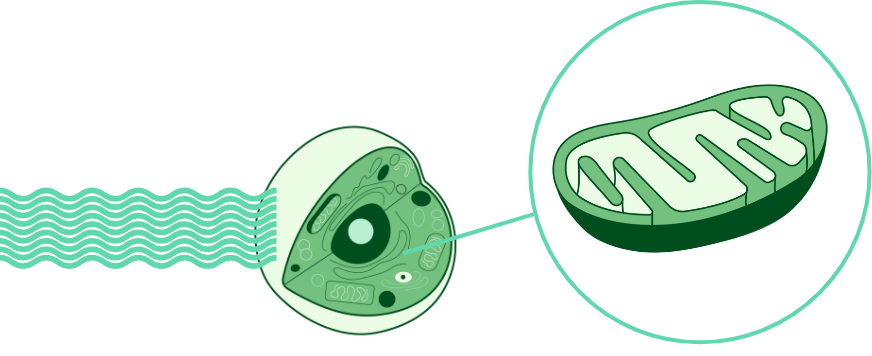
Pain/Inflammation | Parkinson’s
1.Alleviate pain and inflammation
2.Support tissue repair
3.Improve cognition and mental acuity
4.Support gut health
5.Improve movement control
Pain/Inflammation | Parkinson’s
Light therapy, whether through lasers or LEDs, is a precise and effective medical and wellness treatment that utilises specific wavelengths to stimulate cell reactions and facilitate healing. By applying low-level light directly to targeted areas, the body’s tissues absorb the light, triggering a physiological response that promotes repair. SYMBYX devices have undergone meticulous tuning and clinical testing to ensure optimal dose, wavelength and protocols. Experience the power of specialised stimulation to enhance the body’s healing response.

Pain/Inflammation | Parkinson’s
Pain/Inflammation | Parkinson’s
The PDCare laser device is ARTG listed and CE marked for the reduction of Parkinson's symptoms. SYMBYX's 904 infrared technology has been clinically shown to be safe and effective in reducing motor and non-motor symptoms of Parkinson's disease.
The SYMBYX Neuro is a transcranial infrared and red light wellness device backed by clinical trials (1) . It can assist with improving energy levels, mental acuity and focus, and general mobility and coordination.
(1) Herkes G, McGee C, Liebert A, Bicknell B, Isaac V, Kiat H, McLachlan CS. A novel transcranial photobiomodulation device to address motor signs of Parkinson's disease: a parallel randomised feasibility study. EClinicalMedicine. 2023 Dec 1;66:102338. doi: 10.1016/j.eclinm.2023.102338. PMID: 38094162; PMCID: PMC10716000.
content text


Light therapy energises cellular mitochondria, boosting the production of ATP for cellular growth, repair, and healthy activities.
Light therapy activates important cellular signals (cAMP) that regulate healing and activate anti-inflammatory cells and processes.
Light therapy releases ROS, reducing oxidative stress and enhancing cellular repair abilities.
Light therapy increases nitric oxide (NO) levels, widening blood vessels and promoting localised blood flow.
Light therapy reduces pain by modulating pain-afferent fibres and reducing pro-inflammatory mediators in both the peripheral and central nervous system.